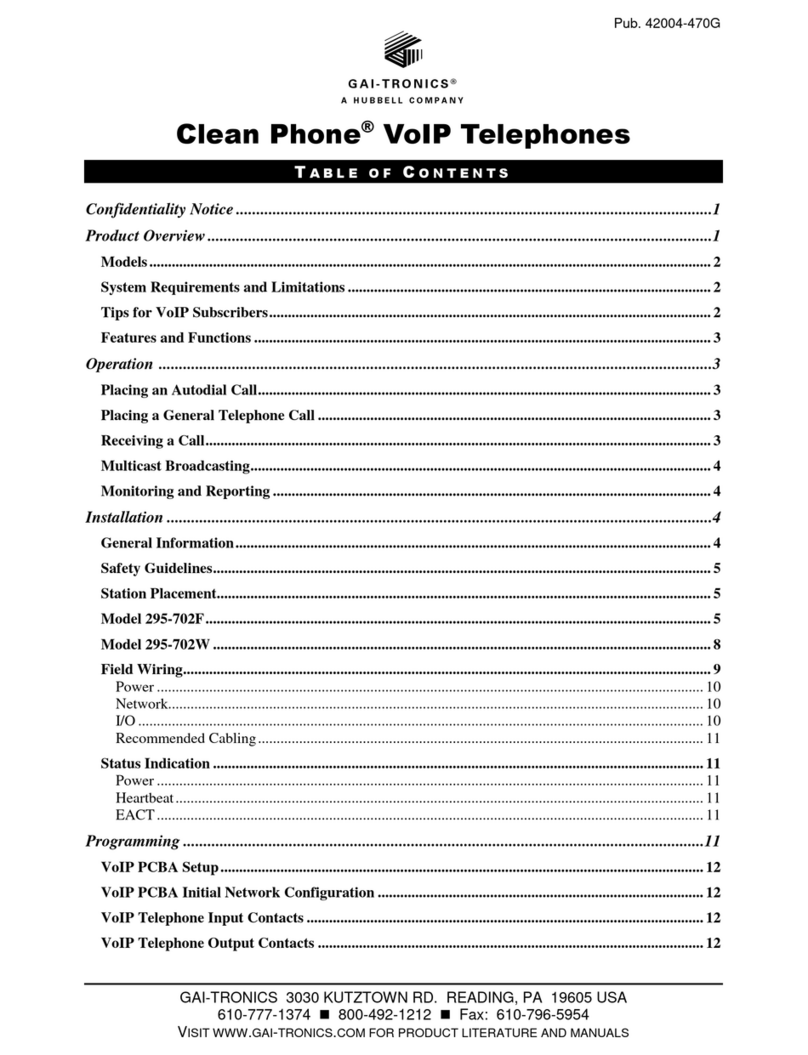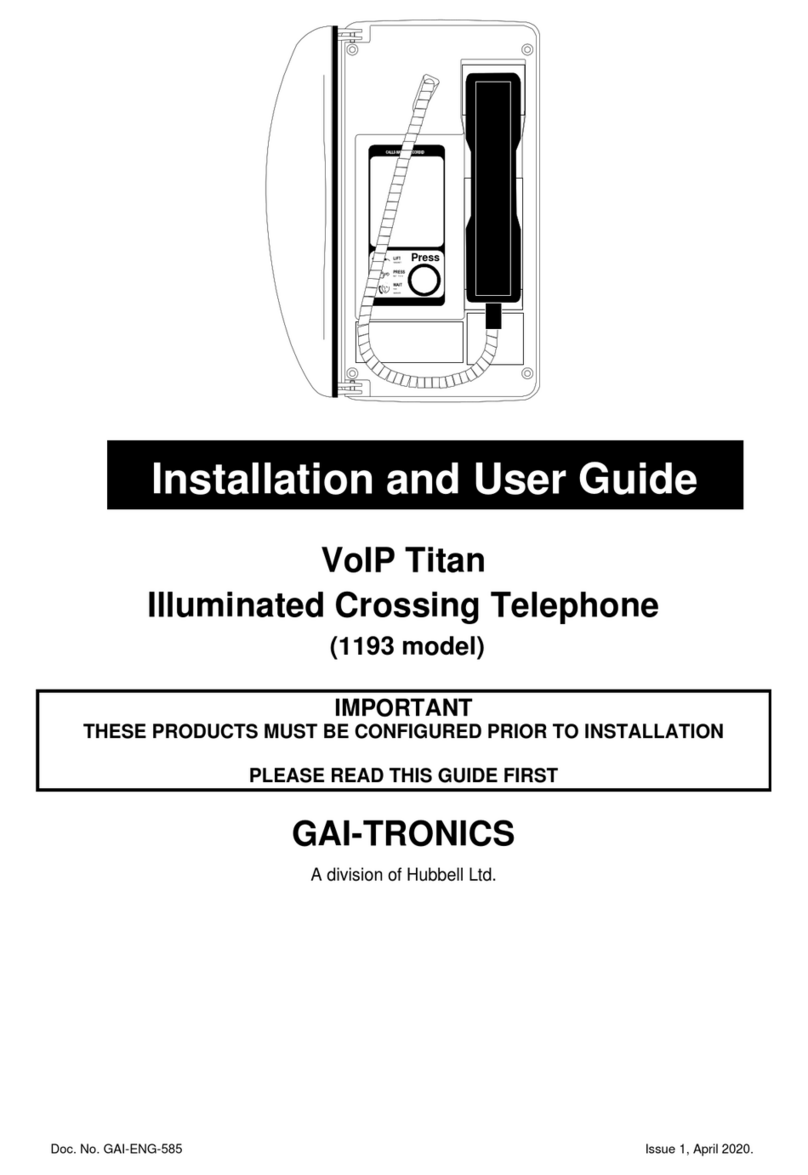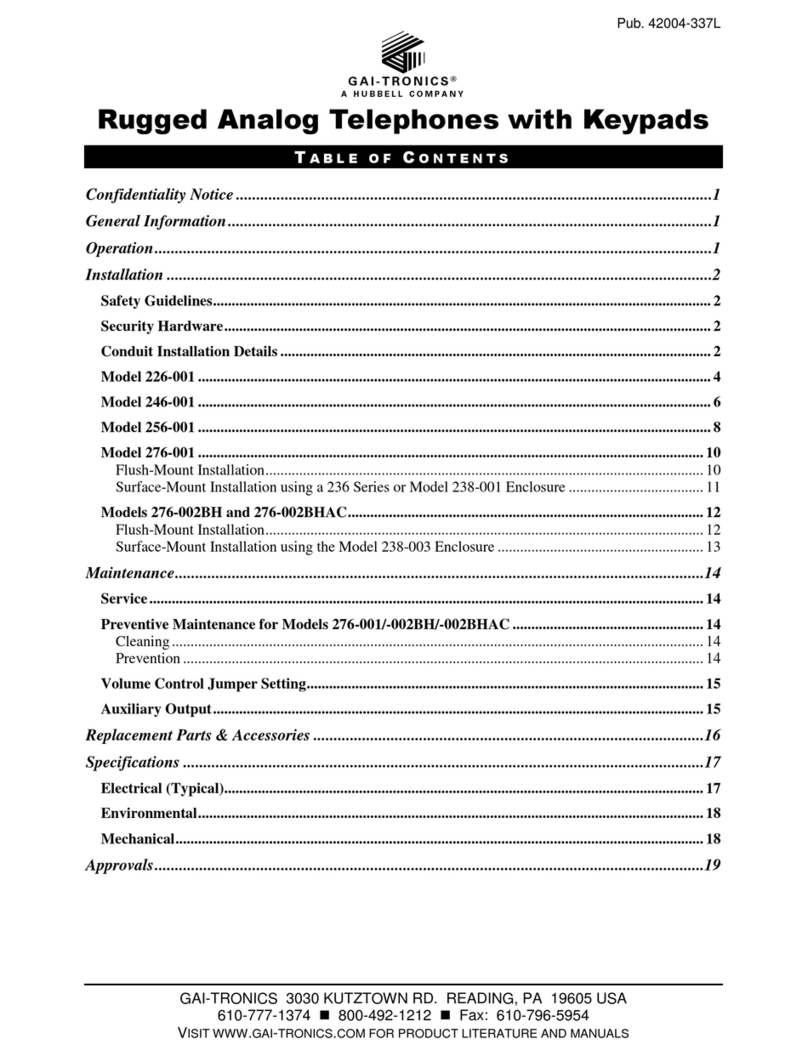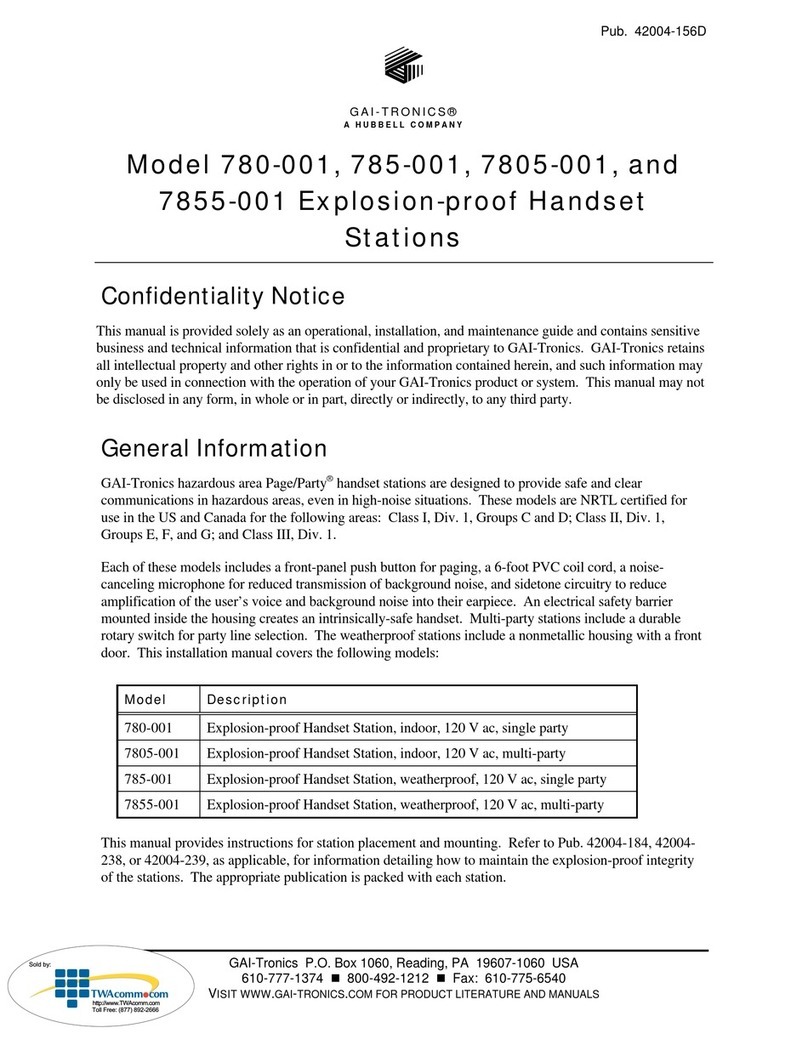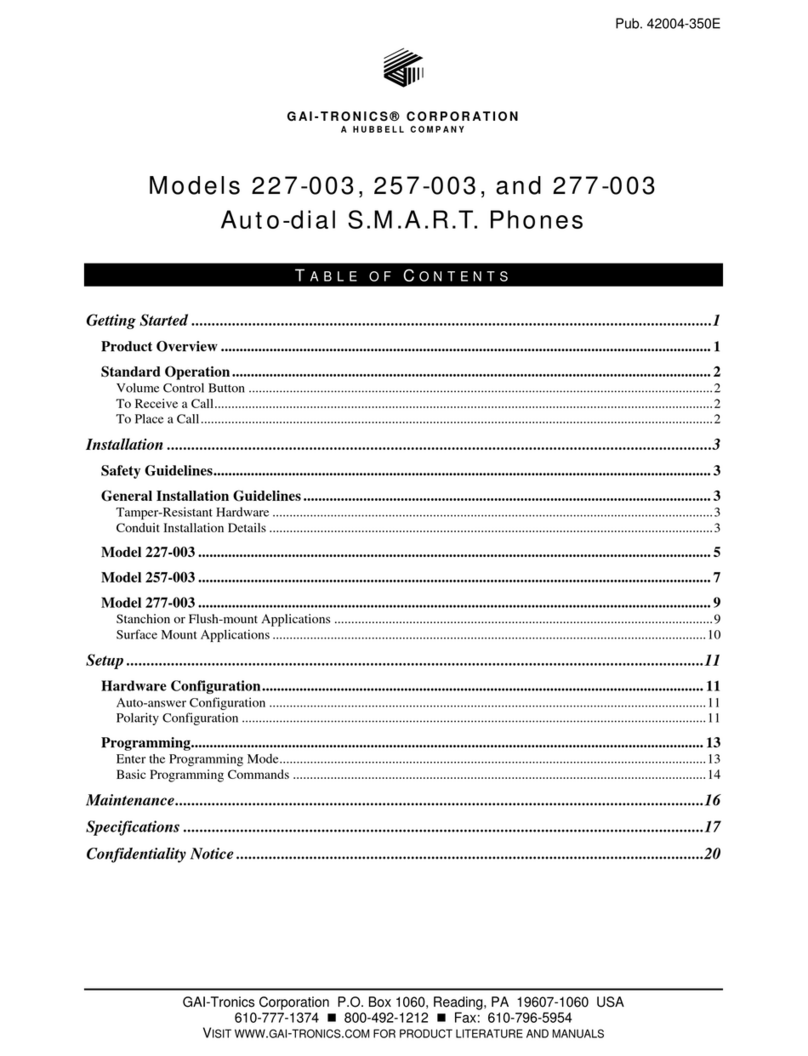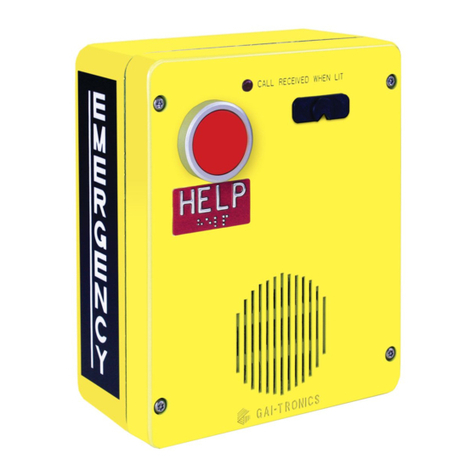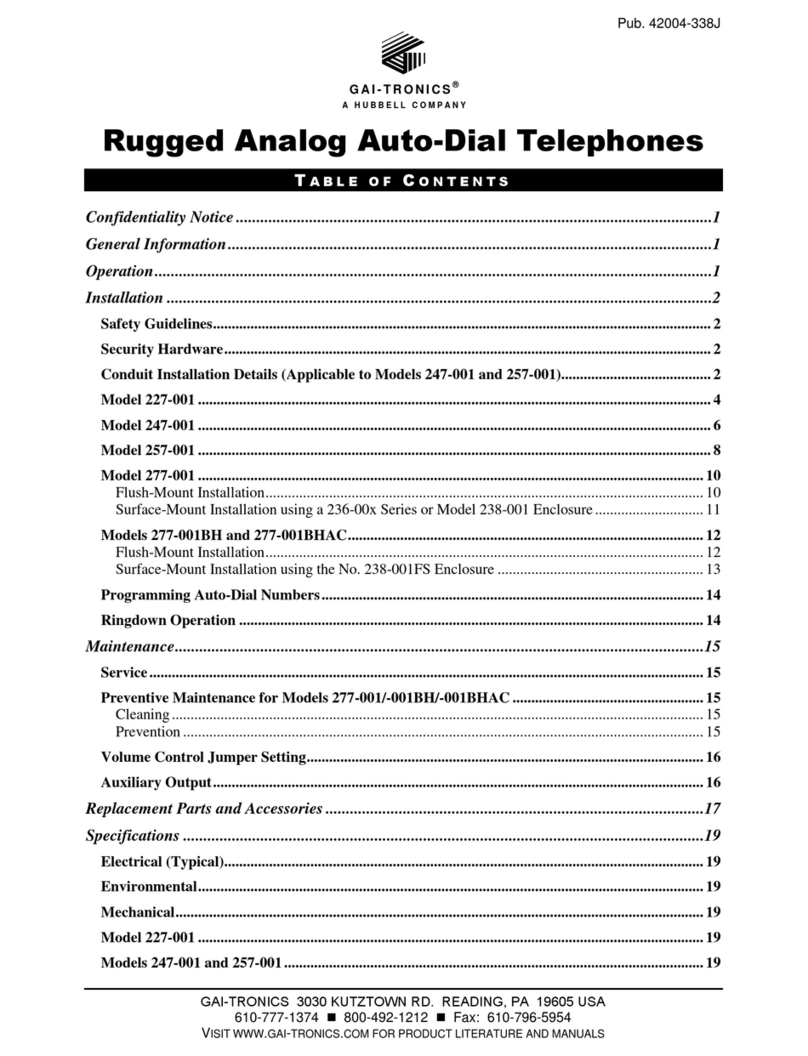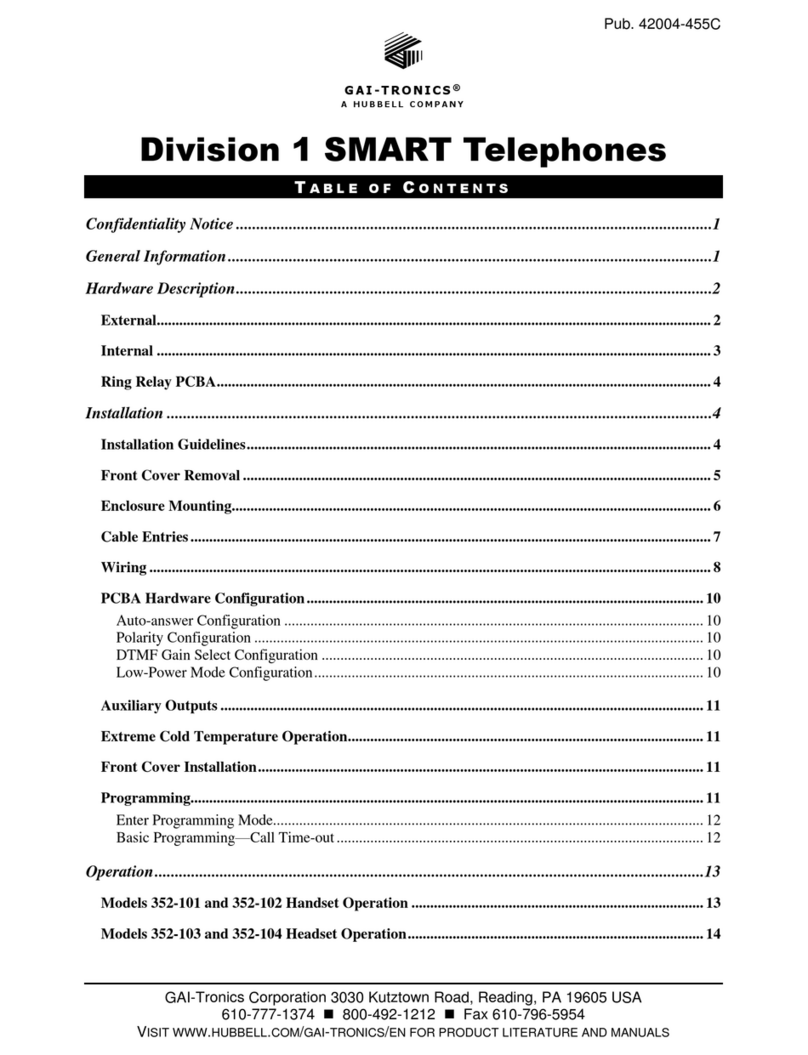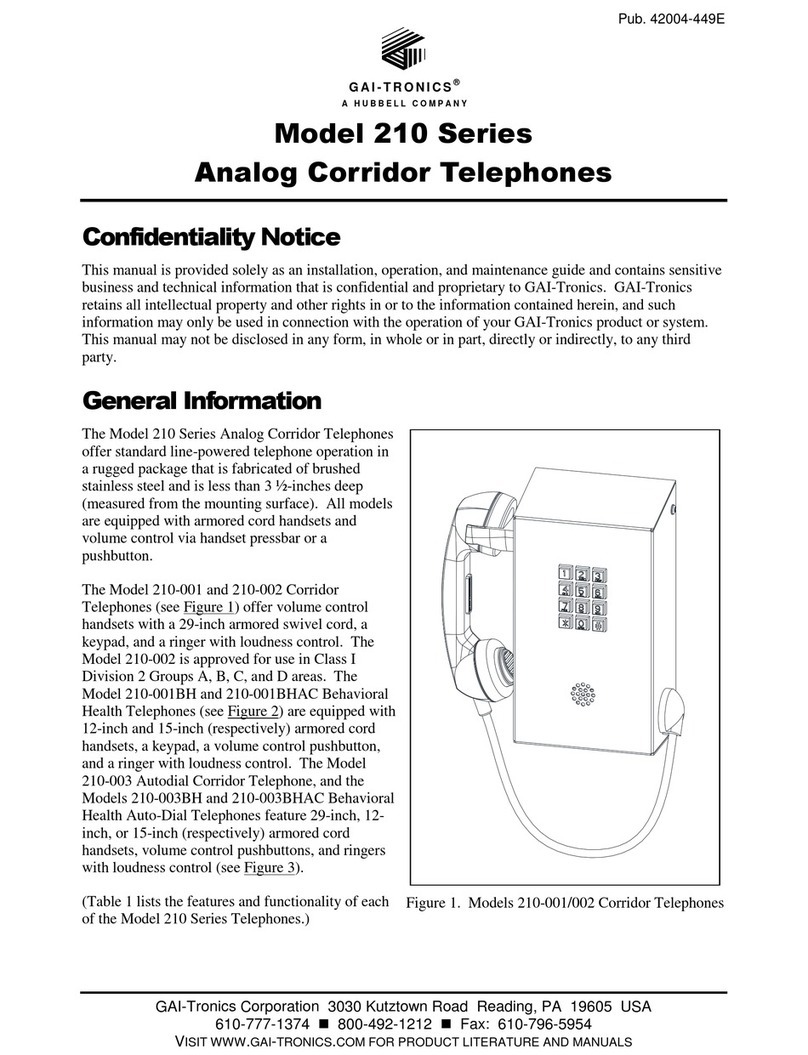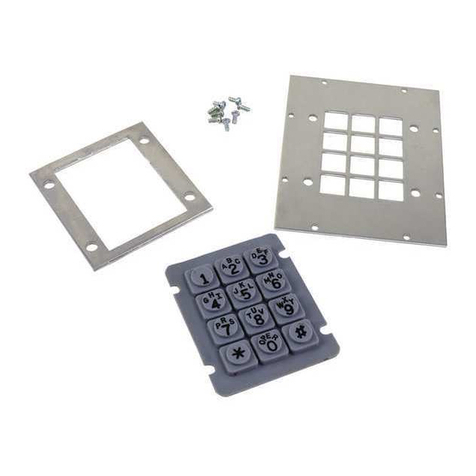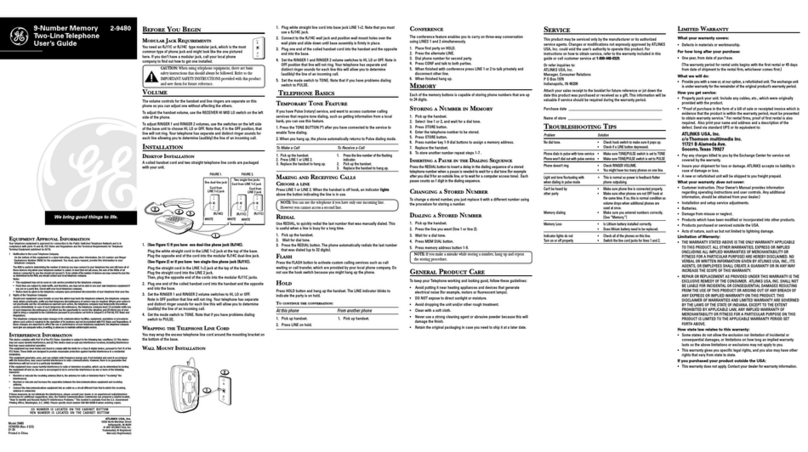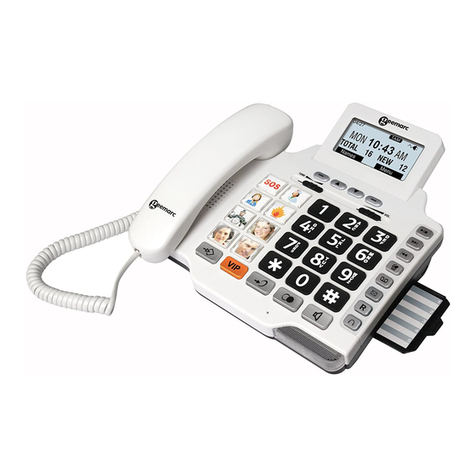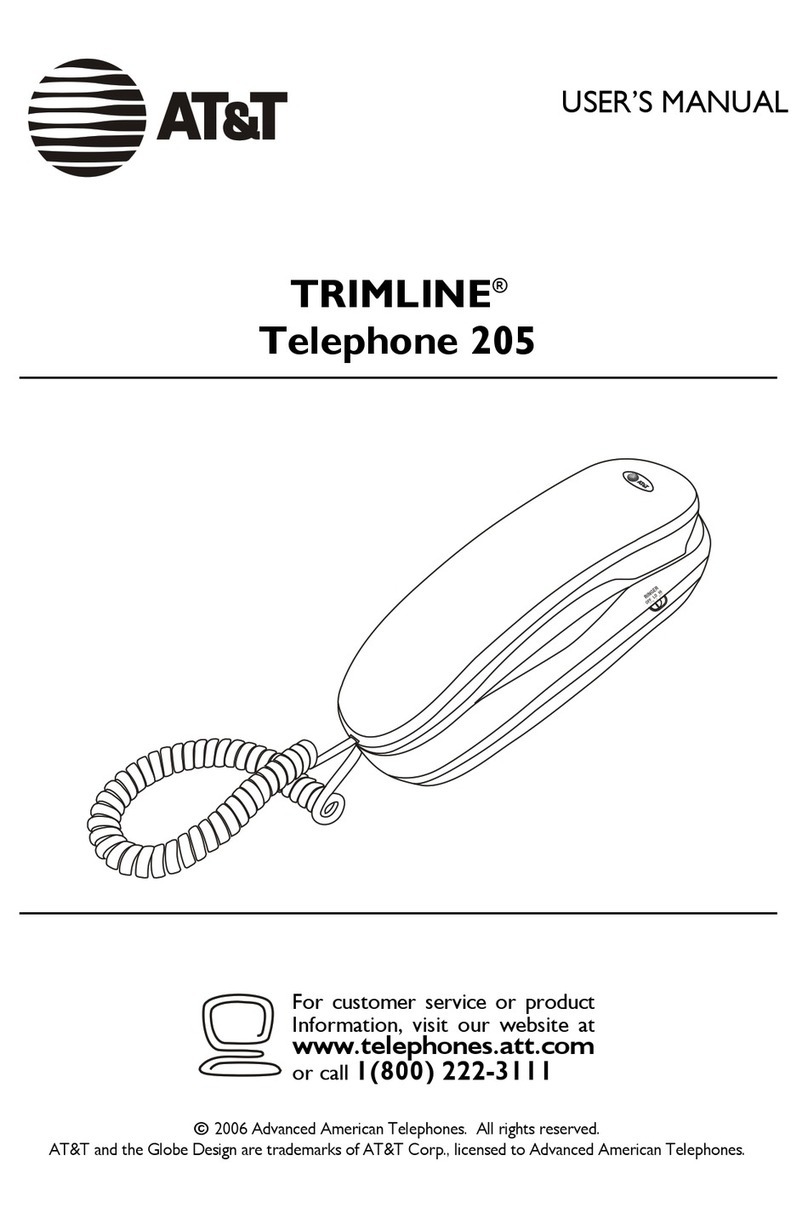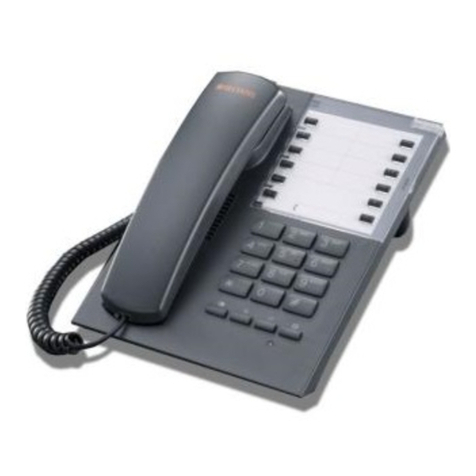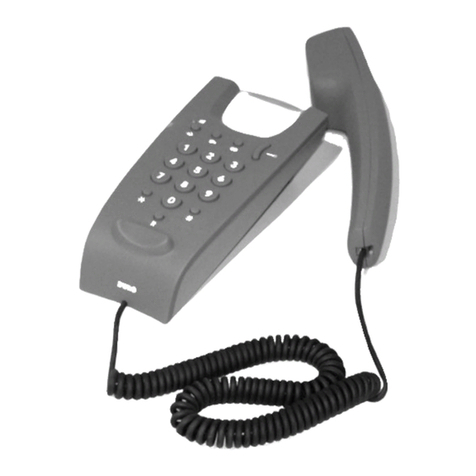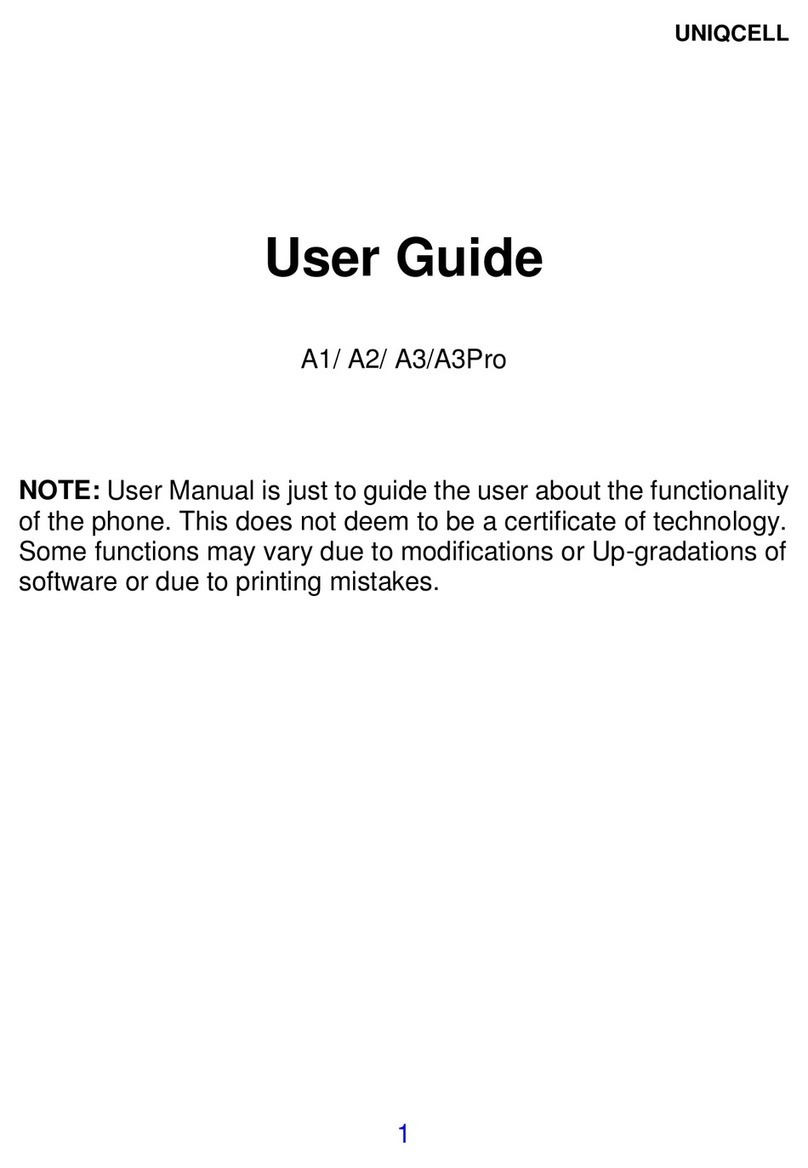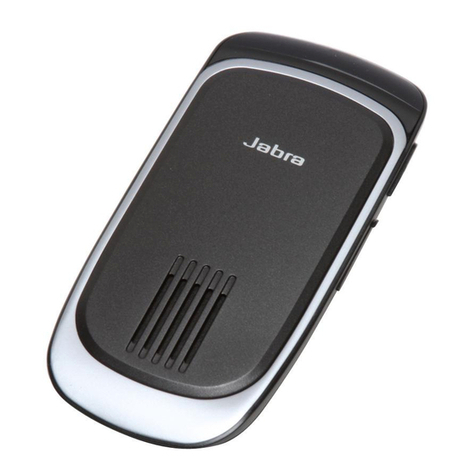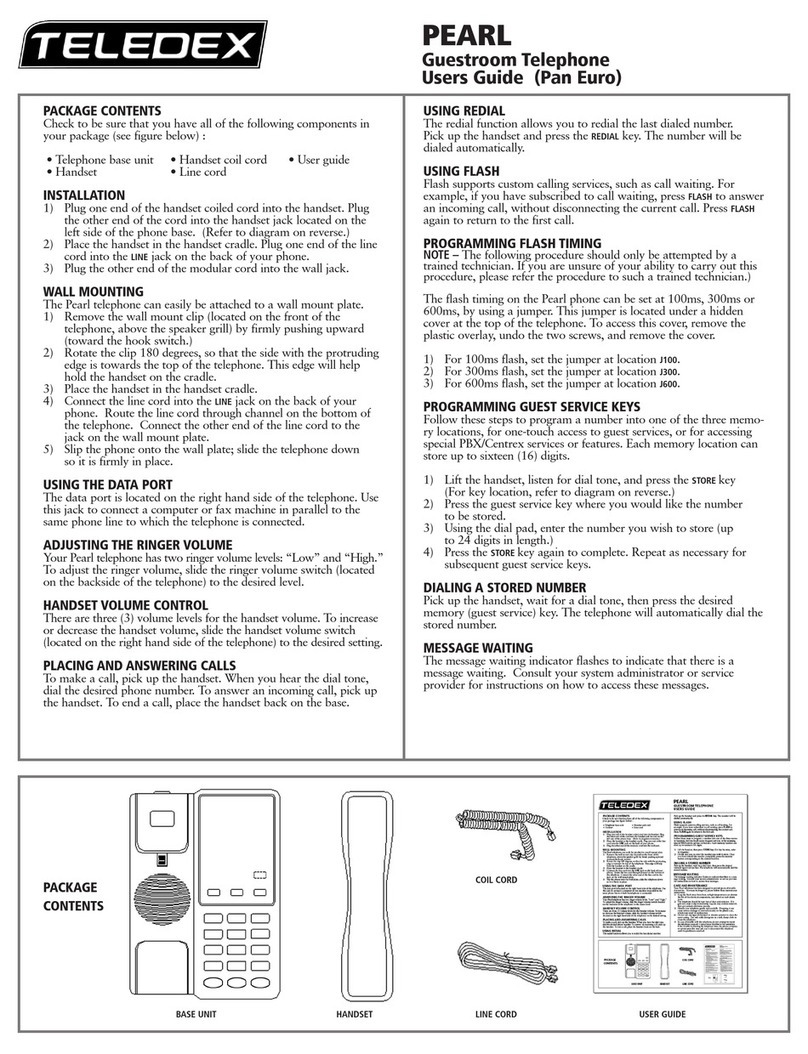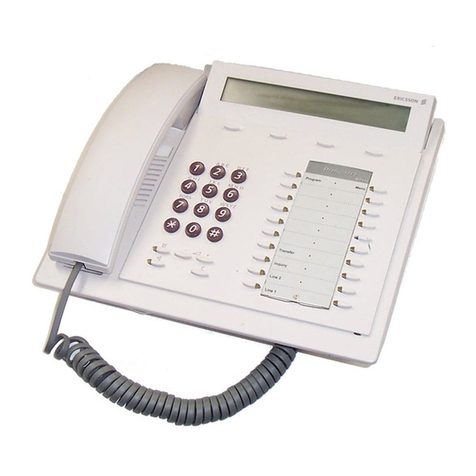
PUB. 42004-351H
GAI-Tronics Corporation P.O. Box 1060, Reading, PA 19607-1060 USA
610-777-1374 800-492-1212 Fax: 610-796-5954
VISIT WWW.GAI-TRONICS.COM FOR PRODUCT LITERATURE AND MANUALS
Model 293-003, 297-003, 298-003, 293AL-003,
and 294AL-003 S.M.A.R.T. Emergency Phones
Getting Started
Product Overview
Thank you for your purchase of a GAI-Tronics S.M.A.R.T., ADA-compliant, emergency telephone. In
addition to providing standard emergency telephone operation, GAI-Tronics Self-Monitoring and
Reporting Telephones (S.M.A.R.T.) incorporate leading-edge technology to provide optimum
performance and flexibility. For example, when used with the GAI-Tronics Telephone Management
Application (TMA) the health of each telephone is monitored and reported. For complete details, please
refer to the on-line help included with TMA.
The following S.M.A.R.T. emergency telephone models are described in this manual:
Model Description
293-003 Surface-mount, glass-reinforced polyester enclosure including an emergency push button,
Braille tag, and visual call received indicator.
293AL-003 Surface-mount, aluminum enclosure including an emergency push button, Braille tag, and
visual call received indicator.
294AL-003 Surface-mount, aluminum enclosure including an emergency push button, call push button,
standard telephone keypad, Braille tag, and visual call received indicator.
297-003 Flush-mount, stainless steel front panel including an emergency push button, Braille tag,
and visual call received indicator.
298-003 Flush-mount, stainless steel front panel including an emergency push button, call push
button, standard telephone keypad, Braille tag, and visual call received indicator.
All of the S.M.A.R.T. emergency telephones listed above comply with the Americans with Disabilities
Act (ADA). Each phone includes a Braille tag for vision-impaired individuals to identify the functions of
the telephone and a visual indication for hearing-impaired individuals indicating that an emergency call
has been answered.
The CALL RECEIVED WHEN LIT LED is the visual call received indicator. When a call is initiated by
pressing the emergency push button, the LED will initially flash. When the telephone is answered and
audio is detected, the LED will light steadily. The LED will remain lit until the call is disconnected.
The GAI-Tronics S.M.A.R.T. Phone product line provides the flexibility to address a diverse range of
applications. A wide variety of functions can be achieved by altering the configuration data stored in the
phone’s non-volatile memory. These configuration options include:
•Pre-programmed auto-dial telephone numbers
•Call termination method (automatic or manual)
•Maximum call duration
•Answering options
